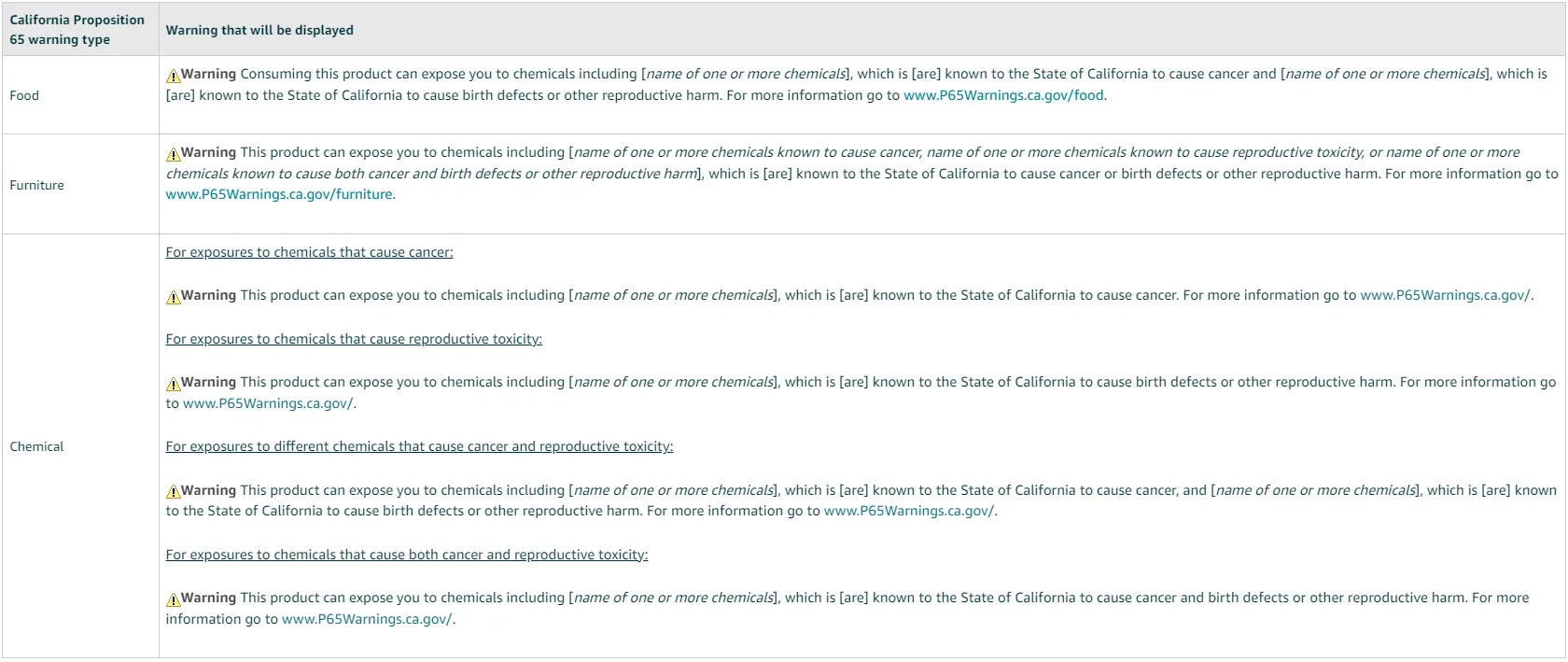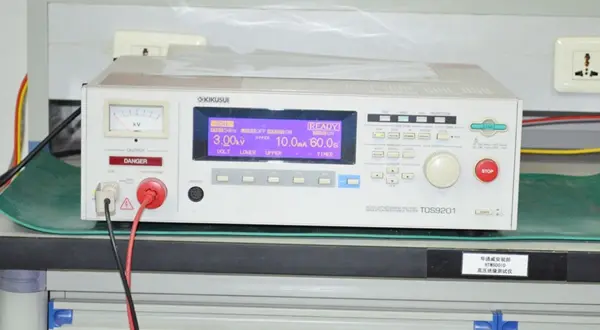
Toy ASTM F963 Testing Process in the United States
ASTM F963 is the U.S. toy safety standard, with the current enforced version being astm f963-17. This standard outlines general requirements for toy products intended for the U.S. market.
The Standard Covers Three Main Areas:
1. Physical and Mechanical Properties
2. Flammability
3. CheMICal Properties
Physical and Mechanical Requirements
These include impact tests, drop tests, pULl tests for detachable components, compression tests, flexure tests, and more.
Flammability Testing
According to 16 CFR 1500.44, toys must undergo horizontal burning tests. The self-burning rate along the toy's main axis after ignition must not exceed 2.5 mm/s.
Chemical Properties
These tests cover the migration of eight heavy metals and the total lead content. Unlike EN71-3, ASTM F963 includes a total lead test, but only requires surface coatings to meet material specifications.
Steps of the ASTM F963 Toy Testing
1. Determine the Applicable Standard
ASTM F963 primarily applies to toys marketed in the U.S., and the standard is divided into 15 sections.
2. Prepare Samples
The samples must meet specific conditions. Non-compliant samples can lead to inaccurate test results.
3. Conduct the Tests
Testing is performed in a structuRED manner, including safety inspections, performance evaluations, and appearance checks.
4. Record the Results
After testing, results must be documented for future reference.
Application Scenarios
astm f963 testing is widely used in toy development, manufacturing, and quality control during toy usage. During development and production, ASTM F963 testing helps identify design or manufacturing defects early, preventing unsafe products from REACHing the market. During use, periodic testing can uncover emerging quality issues, allowing timely corrective actions.
Advantages of ASTM F963 Toy Testing
1. Comprehensive Risk Evaluation
The test assesses all potential hazards in toys, ensuring no safety issues arise during use.
2. Authoritative Results
The outcomes of ASTM F963 testing provide strong quality assurance for toy manufacturers.
3. Enhanced User Safety
Through rigorous evaluation, the test ensures toys pose no safety risks, offering strong protection for users.
Email:hello@jjrlab.com
Write your message here and send it to us
 What Are the Battery Compliance Test Reports?
What Are the Battery Compliance Test Reports?
 Christmas Children’s Products EU & US Complian
Christmas Children’s Products EU & US Complian
 Food Packaging Material Testing
Food Packaging Material Testing
 Cosmetic Product Safety Report
Cosmetic Product Safety Report
 What is Prop 65 Warning?
What is Prop 65 Warning?
 Does RoHS Apply to Packaging?
Does RoHS Apply to Packaging?
 How to Get RoHS Compliance?
How to Get RoHS Compliance?
 How to get EN 62368-1 Test Report
How to get EN 62368-1 Test Report
Leave us a message
24-hour online customer service at any time to respond, so that you worry!




